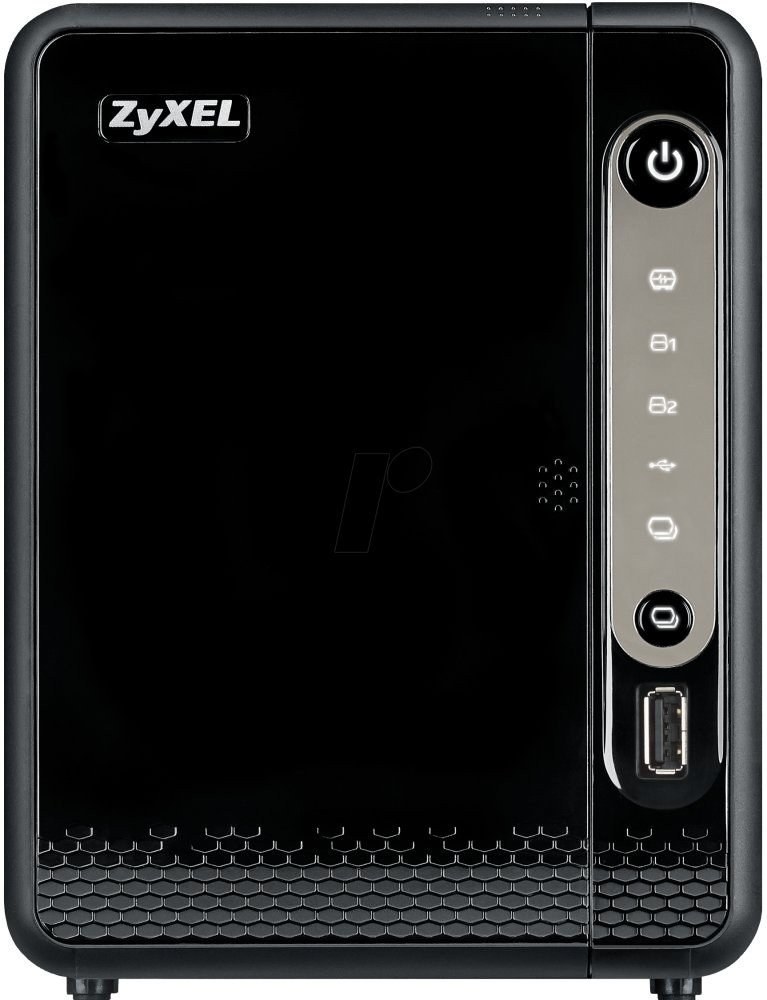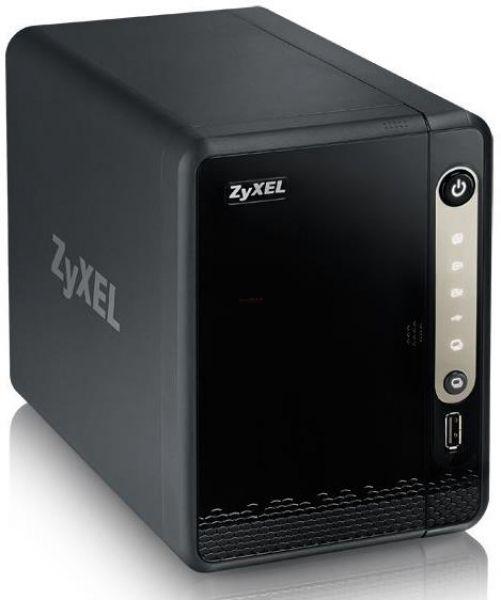Tomasz Elendt
Junior Member


Mac Nfs Client
Hi. I have a custom FreeNAS build that serves me well for the last five years. All of the clients in my home network use WiFi so didn't notice any issues until I plugged my Macbook to LAN cable the other day. I noticed transfers of 30-40 MB/s when transfering large files via SMB. That should be fine for WiFi but for LAN I would expect to see values closer to 1Gb/s (so 3-4x times that). I ran quick iperf3 test and this one looked fine (I got around 900 Mb/s). I thought that maybe there's something wrong with one of the disks but dd tests look fine too (235 MB/s write and 272 MB/s read). I thought that maybe this is something related to SMB so I tried NFS -- I got only slightly better results of ~40-50 MB/s (I would still expect to see over 2x this). I'm out of ideas myself - does anyone have an idea what's going on?
My setup:
CPU: Atom C2750 (Supermico A1SAi-2750F)
RAM: 32GB
ZFS Pool: two mirrors striped (2 x 3TB and 2 x 8TB, all WD Reds) with encryption
Network: 4 x 1Gbe LACP LAGG connected to my switch (HP OfficeConnect 1820-24G); Macbook connected via USB to a single 1Gbe LAN cable.
My setup:
CPU: Atom C2750 (Supermico A1SAi-2750F)
RAM: 32GB
ZFS Pool: two mirrors striped (2 x 3TB and 2 x 8TB, all WD Reds) with encryption
Network: 4 x 1Gbe LACP LAGG connected to my switch (HP OfficeConnect 1820-24G); Macbook connected via USB to a single 1Gbe LAN cable.

Smb Or Nfs For Mac Os
To access volumes and files hosted on a file server, one of several available distributed file system protocols must be used. As of 2018, the most common protocols are SMB/CIFS (default for Windows and macOS 10.9 or newer), AFP (default for macOS prior to 10.9), NFS (default for Linux and most UNIX operating system), WebDAV (based on HTTP, vendor neutral). Connect your Mac to shared computers and servers. You can connect to shared computers and file servers on your network, including Mac and Windows computers that have file sharing turned on, and servers that use protocols such as SMB. You can connect by either browsing or entering the computer’s or server’s network address. Free antivirus for mac avast.
